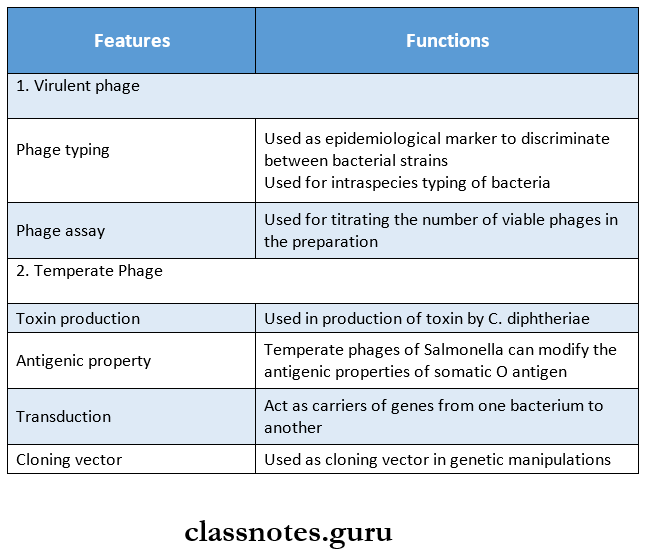Retrovirus HIV Important Notes
1. HIV
- HIV Mode Of Transmission
- Sexual intercourse
- Blood and blood products
- Tissue and organ donation
- Injections and injuries
- Mother to baby
- HIV Clinical features
- Low-grade fever
- Malaise
- Headache
- Lymphadenopathy
- Spontaneous resolution within weeks
- Seroconversion illness at 3 to 6 weeks
- HIV Diagnosis
- Screening test – ELISA test
- Confirmatory test – Western blot test, polymerase chain reaction
Read And Learn More: Microbiology Question and Answers
Retrovirus HIV Short Essays
Question 1. HIV virus
Answer:
HIV occurs in two main types,
- HIV-1
- HIV-2
HIV Virus Morphology:
- HIV is a spherical-enveloped virus
- Size: 90-120 nm in diameter
- It contains
- Two identical copies of single-stranded RNA genome
- Reverse transcriptase enzyme
- Nucleocapsid surrounding the core
- Lipoprotein envelope
- Projecting spikes on the surface
- Anchoring transmembrane pedicles
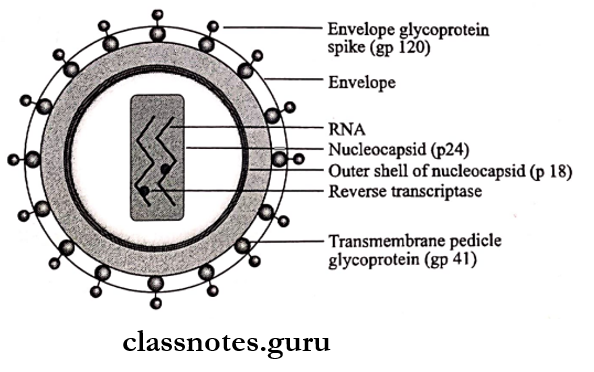
Retrovirus HIV Virology Essay Questions and Answers
HIV Virus Modes of Transmission: There are three modes of transmission
- Sexual contact
- Parenteral transmission
- Perinatal transmission
HIV Virus Clinical Features:
It is classified into various groups by the Center for Disease Control in Atlanta, USA
- Group 1- Acute HIV infection
- Group 2 – Asymptomatic infection
- Group 3- Persistent generalized lymphadenopathy
- Group 4- Symptomatic HIV infection
HIV Virus Oral Manifestations:
- Greater risk for bacterial, viral, and fungal infections
- Dental caries
- Gingivitis
- Acute necrotizing ulcerative gingivitis
- Herpes Simplex infections
- Hairy leukoplakia
- Candidiasis
HIV Virus Diagnosis:
- Immunological Tests:
- Total leucocyte count
- Lymphocytes count
- T cell subset assays
- Platelet count
- Raised IgG and IgA levels
- Diminished CM1
- Lymph node biopsy
- Specific Tests:
- Antigen detection
- Virus Isolation
- Polymerase chain reaction
- Antibody detection
HIV virus Screening Tests:
- ELISA test
- Karpastest
- Rapid tests
- Indirect immunofluorescence
HIV virus Confirmatory Tests:
- Western blot test
HIV and AIDS – Short and Long Essay Questions
Retrovirus HIV Short Question And Answers
Question 1. Mention modes of transmission of infection of HIV
Answer:
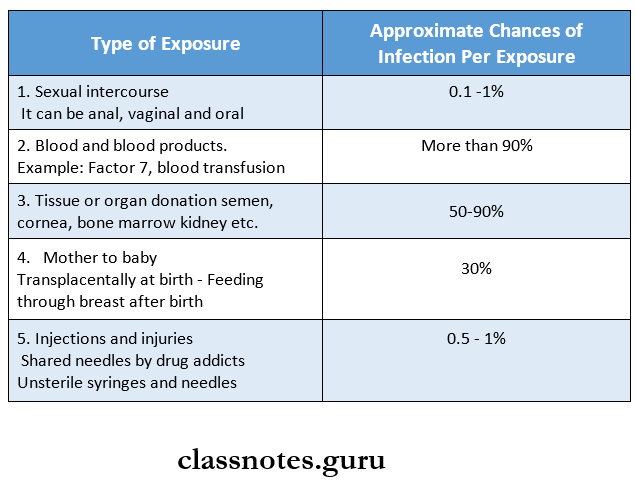
Question 2. HIV infection
Answer:
- Human immunodeficiency virus ( HIV] is the etiological agent for AIDS
- HIV infects all cells
- It infects primarily the CD4+ lymphocytes
- The Centers for Disease Control in Atlanta, USA, has classified the clinical course of HIV infection into various groups
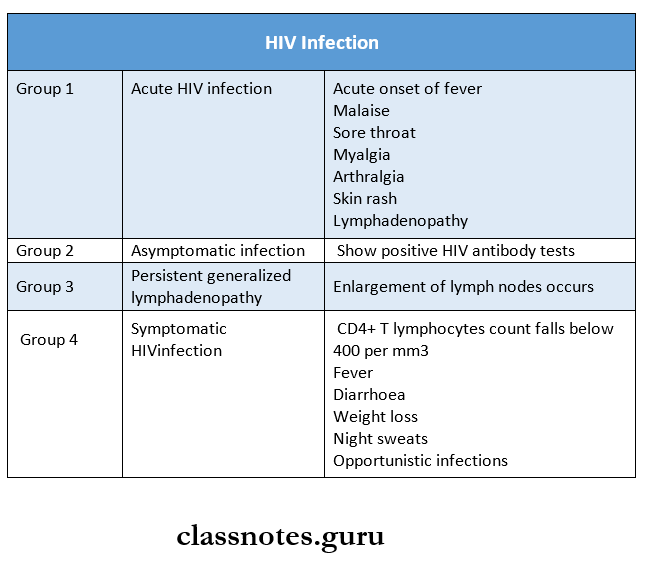
Retrovirus Structure and Replication Essay
Question 3. ELISA test
Answer:
- Most widely used screening test
- It is highly sensitive and specific.
- Direct solid phase antiglobulin ELISA is the method most commonly used for which commercial test kits are available.
- The antigen is coated on the microtiter wells (or) another suitable solid surface.
- The test serum is added and if antibodies are present it binds to the antigen.
- After washing away the unbound serum, antihuman immunoglobulin linked to the suitable enzyme is added followed by color color-forming substrate.
- If the test serum contains anti-HIV antibodies a visible (or) photometrical detectable color is formed which is read visually (or) by an ELISA reader.
- ELISA has a sensitivity of over 99.5%
- It is an extremely good screening test
- Commercial ELISA test kits contain both HIV 1 and HIV 2 antigens.
Question 4. Mention opportunistic infections associated with HIV infection
Answer:
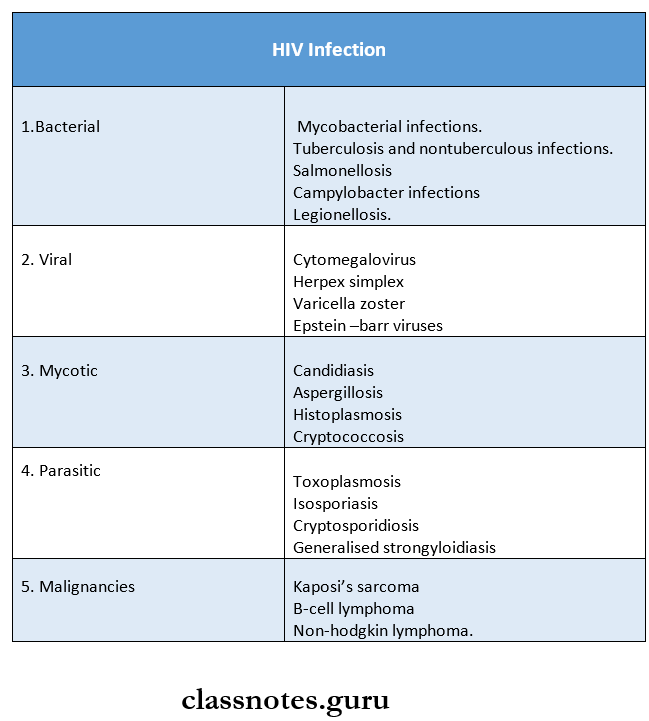
Question 5. Window period
Answer:
- After infection, for antibodies to appear it may take 2-8 weeks to months.
- IgM antibodies appear first usually in about 3-4 weeks after infection and disappear in 8-10 weeks
- IgG antibodies appear later about 5-6 weeks after infection and persist throughout
- During part of this period, the individual may be highly infectious
- This seronegative infective stage is known as the window period
- Infection can be detected during the window period by the p24 assay
Virology Notes on Retroviruses – Free Download
Question 6. Rapid tests for HIV infection
Answer:
- A number of rapid tests have been introduced for the purpose of testing single samples quickly
- They take less than 30 minutes
- They don’t require any expensive equipment
- These tests include:
- Dot-blot assay
- Particle agglutination
- HIV spot
- Comb tests
- Tests using finger-pricked blood, saliva, and urine have also been developed
Question 7. Western blot test
Answer:
- Most widely used confirmatory test for HIV.
- In this test, HIV proteins are separated according to their electrophoretic mobility and molecular weight by polyacrylamide gel electrophoresis.
- These separated proteins are bloated on the strips of nitrocellulose paper. These strips are reacted with test sera and then with enzyme-conjugated antihuman globulin.
- Antibodies to HIV protein present in test serum combine with all (or) any fragment of HIV.
- These strips are washed and treated with enzyme-conjugated antihuman gammaglobulin, then a suitable substrate is added that produces color bands.
- The position of the band on the strip indicates the antigen with which the antibody has reacted.
- In the positive serum, bands will be seen with multiple proteins typically with p24, p31, gp41, gpl20 (or) gpl60.
Bacteriophage Important Notes
Bacteriophage
- They are viruses that infect bacteria
- Helps in the transmission of genetic information between bacteria by transduction
Bacteriophage Short Essays
Question 1. Bacteriophage?
Answer:
The viruses that infect bacteria are known as bacterio-phages
Bacteriophage Morphology:
Bacteriophages are tadpole-shaped and are made up of
1. A Hexagonal Head
- The head consists of a tightly packed core of nucleic acid surrounded by a protein coat or capsid
- The size varies from 28 nm – 100 nm.
2. A Cylindrical Tail And
- The tail is composed of a hollow core, a contractile sheath surrounding the core
3. Baseplate.
- Terminal base plate which has attached to its prongs, tail fibers or both.
- Bacteriophages that infect E.Coli called T- even phages (T2, T4, T6) traditionally serve as the prototypes in describing the properties of bacteriophages.
- They possess double-stranded DNA.
HIV Life Cycle and Pathogenesis Explained
Bacteriophage Significance:
